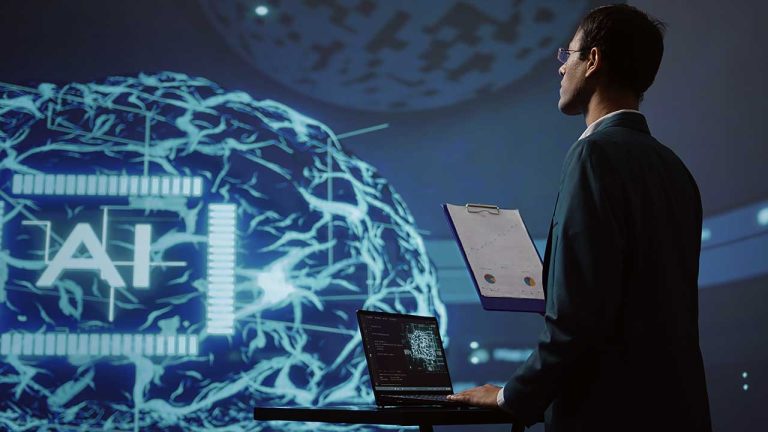The Industrial AI Payoff: Where ROI Is Happening and What’s Shaping What’s Next
At the Automate 2025 show in Detroit, Sebastián Trolli, Research Manager at Frost & Sullivan, shared deep insights into how industrial AI is delivering measurable value now—and where it’s heading next. His perspective draws from extensive engagement with vendors, end users, and technology providers across both the U.S. and European manufacturing landscapes.
Short-Term ROI: Predictive Maintenance and Quality Control
Trolli emphasized that while AI is becoming ubiquitous in industrial settings, organizations must be precise in how they define and implement it. Not all AI solutions are alike, and success depends on aligning use cases with business needs.
The fastest return on investment today comes from AI-powered analytics, particularly in:
- Predictive maintenance, which improves uptime and reduces energy use
- AI-driven quality control, leveraging machine and computer vision
- Applications that are modular, easy to deploy, and cost-effective—especially with the falling cost of vision systems and the rise of no-code/low-code platforms
These use cases are not only effective, but also relatively quick to scale, offering tangible improvements with minimal disruption.
Beyond the Basics: AI, Edge, and the Connected Worker
More complex implementations, like AI applied to data management or manufacturing workflows, require longer deployment cycles and more robust infrastructure. However, a major trend is the convergence of industrial AI, edge computing, and the augmented (connected) frontline worker.
AI inference at the edge is gaining momentum as manufacturers look to avoid latency, bandwidth challenges, and cloud data privacy risks. Keeping sensitive operational data on-site while still using AI insights allows for faster response times and greater control.
At the same time, the augmented worker space—tools that enhance human performance with real-time data, training, or safety features—is seeing rapid innovation. Frost & Sullivan tracks more than 50 vendors in this space, and according to Trolli, 99% are integrating AI features like copilots, intelligent collaboration, and skills management.
Key Trend: Convergence of Growth Areas
These three areas—AI, edge, and the augmented worker—are not evolving in silos. They are beginning to converge, creating new opportunities for integrated solutions that combine AI-powered edge processing with user-centric interfaces for workers on the floor.
This intersection will define the next phase of smart manufacturing, where technology not only automates but supports human decision-making and frontline agility.
Upcoming Research from Frost & Sullivan
Sebastian Trolli also previewed several research projects his team is working on to support industrial stakeholders:
- An updated Augmented Connected Worker Market Report with deep benchmarking across 50+ vendors
- A new study on Industrial DevOps, covering version control, automated backups, and AI copilots for PLC coding
- Major 2025 reports focused on Industrial AI, Industrial Edge, and Industrial Data Management
These research efforts aim to define fast-evolving market categories and help both vendors and end users navigate them with clarity and confidence.
The Role of Industrial Data
Sebastian emphasized that strong data foundations are essential for all these technologies. From predictive maintenance to AI copilots in manufacturing workflows, success depends on structured, reliable, and accessible data. Industrial data management is becoming a pillar of competitive differentiation—especially as manufacturers scale digital capabilities across plants and operations.
Related articles:



